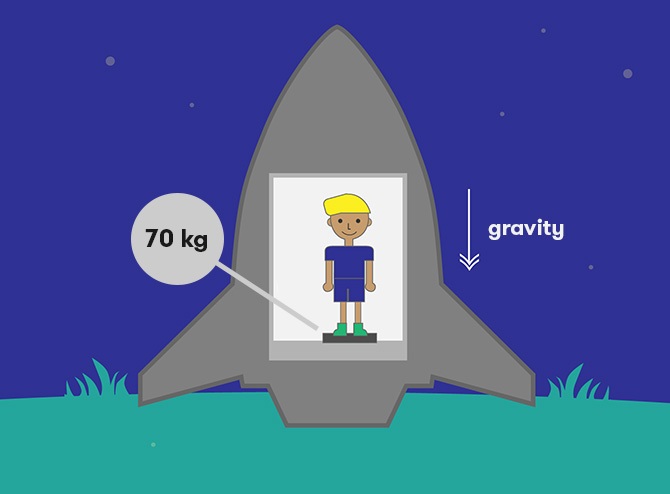Mindmap Assignment:
Energy Resources & Oil Pipelines
Renewable Energy

Energy derived from gravity
Hydro-power
Tidal

Energy derived either directly or indirectly from the sun
Solar
Biomass
Wind

you'll come up with original ideas
Biofuels

Energy from the interior of the earth
Geothermal
Advantages and Disadvantages:
Solar Advantages: Solar power is a clean, renewable resource that does not emit any greenhouse gases. Solar power also installed in many different places, whether it be on the side of a building or in the mountains.
Solar Disadvantages: Unfortunately, solar power has a high initial cost for material and installation. As well as solar power technically only works half the time, or whenever the sun is present.
Uranium Advantages: Uranium is generally cheaper in terms of the amount of energy produced for the quantity put in. Much less uranium is needed for the same amount of energy used for coal. Uranium also has very little greenhouse gasses that are emitted and are competitive with windpower.
Uranium Disadvantages: Uraniums raw element is unstable, which leaves it very difficult to work with. Many precautions must be taken for safe and proper delivery. There is also the possibility of contaminating the environment and leading to horrible results.
Crude Oil Advantages: One of the biggest benefits to oil is that is has a high energy density, or its capability to produce large amounts of energy with a small quantity. It is also easily available through distribution unlike geothermal energy.
Crude Oil Disadvantages: There is a large amount of emissions that is generated when crude oil is used. This is the major culprit for Global Warming. Another disadvantage is that is encourages terrorism and violence in the middle east due to its high price point.
Personal Opinion
I personally don't think any more oil pipelines should be approved in Canada. Canada is already outsourcing a lot of its oil in the oil sands, as well as out west in British Colombia etc. The pipelines that we currently have in place however must be maintained to a very high degree. Regulations must be enforced regularly to prevent any oil spills or potential hazards. Understandably, it is a vital part of our economy as we are able to also trade it all over the world. It also produces plenty of jobs for Canadians to help our economy grow, especially in areas with less population such as Alberta.
Describe the environmental impacts from the extraction/collection, delivery, and use of the three resources:
Crude Oil: There is large environmental drawbacks due to the extraction of crude oil. For example, the natural habitat of the environment will be disrupted due to drilling, roads and piping that will be needed for extraction. Along with collecting the oil, it must be refined and shipped. It undergoes a two step to be refined where it is distilled, and then "cracked" or "reformed". This process involves the use of electricity as well to refine the oil, as well as any bi-products from the refinement process. Finally, the oil is used by consumers in a numerous amounts of places. From the plastics that are used day to day, to the gas that is put in our cars and exhausted into the atmosphere.
Uranium: One of the biggest risks of extracting uranium from the earth for the use of energy is contamination of the environment. Whether it be from improper practice, to earthquakes or hurricanes, there is always a possibility of contamination. Uranium has a long lifetime of use and provides a cheaper and reliable source of energy. It can be used to power homes, factories and every typical application.
Solar: Luckily, solar energy does not have very many environmental drawbacks for collection. Other than the materials needed to create solar panels, collecting the energy is free! It can be stored into batteries and put right back into your home or back to the electrical grid through wires. Solar energy is most typically seen in houses and on devices that require energy. Smaller communities can benefit greatly to solar technology as their countries power may be unreliable.

Non-Renewable Energy

Energy derived from the fission of atoms
Nuclear (Uranium)

Energy derived from fossil fuels
Coal
Oil (Petroleum)
Natural Gas
Tar Sands
Describe the trends in energy use in Ontario, Canada and Ottawa:
Even though all these regions discussed are within the same country but smaller, it is proof of action that is being taken in order to help reduce climate change. All the articles show the connection of relying less on oils and non-renewable resources to renewable ones. Ottawa has in plans to help transition the city to operate on cleaner, renewable energy with the use of solar panels and wind power. Ontario also has similar plans, but are described more broadly as it is a larger entity. Canada as a whole is leaning more towards welcoming electric vehicles to our everyday lives as a cleaner alternative.
